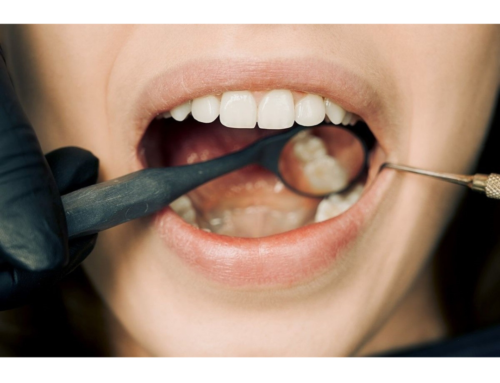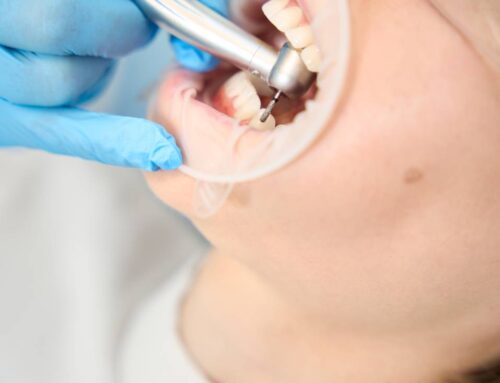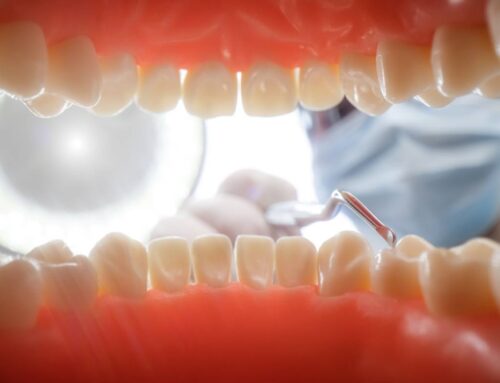A radiant smile not only enhances our appearance but it is also a reflection of good oral health. Dental care goes beyond brushing and flossing; it involves proactive measures to protect our teeth. Dental sealants play a pivotal role in this regard, offering a scientifically proven method to keep your smile healthy. In this comprehensive exploration, we will delve into the intricate science behind dental sealants, shedding light on their application process and understanding how these thin protective coatings effectively seal vulnerable areas on the teeth.
The Structure of Teeth
To fully grasp the significance of dental sealants, it is essential to familiarize ourselves with the structure of teeth. The chewing surfaces of molars and premolars are characterized by pits and fissures – tiny grooves that, unfortunately, can become a breeding ground for food particles and bacteria. Due to their intricate nature, these areas pose a challenge for traditional toothbrushes, making them susceptible to decay.
Dental Sealants: A Protective Barrier
Dental sealants act as a formidable protective barrier, covering the pits and fissures on the chewing surfaces of teeth. Typically composed of a plastic resin material, these sealants are applied in liquid form, molding to the contours of the teeth before hardening into a resilient shield. The primary objective is to seal off the vulnerable areas, thwarting the accumulation of plaque and bacteria that could lead to decay.
The Application Process
The application of dental sealants is a painless and straightforward procedure that ensures effective protection against cavities. Here’s a detailed breakdown of the process:
- Cleaning the Teeth: Prior to sealant application, a thorough cleaning of the teeth is conducted to remove any pre-existing plaque or debris.
- Etching the Surface: An acidic solution is applied to the chewing surfaces in a process known as etching. This solution creates a slightly rough texture, facilitating optimal adhesion of the sealant to the tooth.
- Application of Sealant: The liquid sealant is meticulously painted onto the pits and fissures of the teeth. It flows into the grooves, quickly hardening to form a protective layer.
- Curing the Sealant: In some instances, a specialized curing light is utilized to expedite the hardening process of the sealant, ensuring a robust and durable bond.
How Dental Sealants Work
The effectiveness of dental sealants lies in their ability to employ both physical and chemical mechanisms to safeguard teeth from decay:
- Physical Barrier: By creating a smooth, protective surface over pits and fissures, sealants make it challenging for food particles and bacteria to adhere to the tooth enamel.
- Chemical Protection: The resin material in dental sealants releases fluoride – a mineral crucial for strengthening tooth enamel. This additional layer of fluoride provides enhanced protection against acid attacks and decay.
- Long-Term Prevention: Dental sealants exhibit longevity, offering years of protection against cavities. Periodic reapplication may be necessary based on wear and tear.
Who is the Best Candidate for Dental Sealants?
While dental sealants can benefit individuals of all ages, certain groups are particularly well-suited for this preventive measure:
- Children and Teenagers: The eruption of permanent molars and premolars in children and teenagers presents an opportune time for sealant application. These teeth, with their newly-formed chewing surfaces, are more susceptible to decay, making dental sealants highly effective in preventing cavities.
- Adults with Deep Grooves: Some adults naturally have deeper pits and fissures in their molars, making them prone to trapping food particles and bacteria. Sealants can provide an extra layer of protection for these individuals, reducing the risk of decay.
- Individuals with a History of Cavities: If you have a history of cavities or are more prone to dental issues, dental sealants can serve as an added defense mechanism. They act as a proactive shield, minimizing the likelihood of future cavities.
The Importance of Regular Dental Check-ups
While dental sealants are a valuable preventive measure, regular dental check-ups are crucial for maintaining optimal oral health. Dentists can assess the condition of sealants, reapply them if necessary, and address any emerging dental concerns.
Conclusion
In conclusion, dental sealants emerge as a scientifically-backed solution to shield teeth from decay and cavities. A thorough understanding of the application process, the underlying mechanisms, and the ideal candidates reinforces their importance in maintaining optimal oral health.
As you embark on your journey to safeguard your smile and that of your family, consider initiating a conversation with your dentist about the benefits of dental sealants. At Novi Oaks Dental, we are committed to providing comprehensive dental care, including the application of dental sealants, to ensure long-term oral health. Schedule an appointment today and take the first step towards a cavity-free future.
Remember, a modest investment in dental sealants today can translate into significant savings in dental treatments tomorrow. Take charge of your oral health – your smile deserves it!






